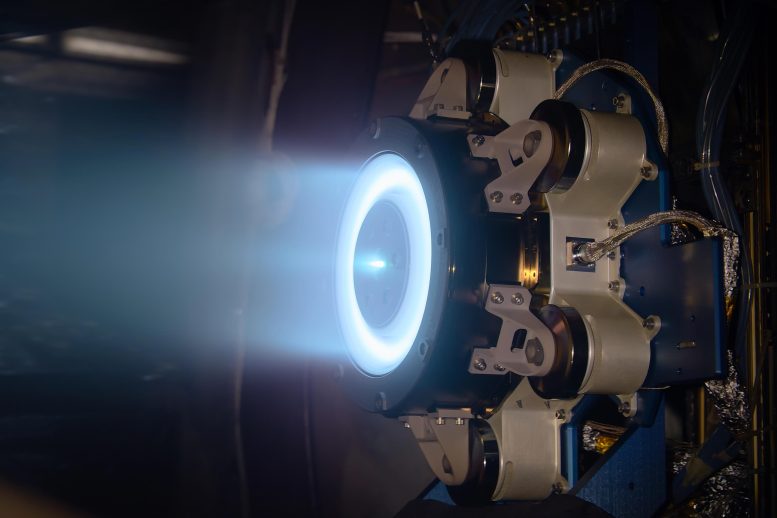
In April, PPE engineers successfully tested the integration of Aerojet Rocketdyne’s thruster with Maxar’s power procession unit and Xenon Flow Controller. Credit: NASA
One of the chief goals of NASA’s Artemis program is to establish the first long-term presence on the Moon. A critical part of the support infrastructure to make that happen is Gateway, a space outpost that will orbit the moon. Long-term, Gateway will serve as a staging point for deep space exploration.
It is still a bit early in the development cycle for Gateway. Thus far, NASA has focused Gateway development on the initial critical elements required to support the landing. Namely, the Power and Propulsion Element (PPE), the Habitation and Logistics Outpost (HALO), and logistics capabilities.
The powerhouse of Gateway, NASA’s orbiting outpost around the Moon and a critical piece of infrastructure for Artemis, is in the midst of several electric propulsion system tests.
The Power and Propulsion Element (PPE), being manufactured by Maxar Technologies, provides Gateway with power, high-rate communications, and propulsion for maneuvers around the Moon and to transit between different orbits. The PPE will be combined with the Habitation and Logistic Outpost (HALO) before the integrated spacecraft’s launch, targeted for late 2024 aboard a SpaceX Falcon Heavy. Together, these elements will serve as the hub for early Gateway crewed operations and various science and technology demonstrations as the full Gateway station is assembled around it in the coming years.
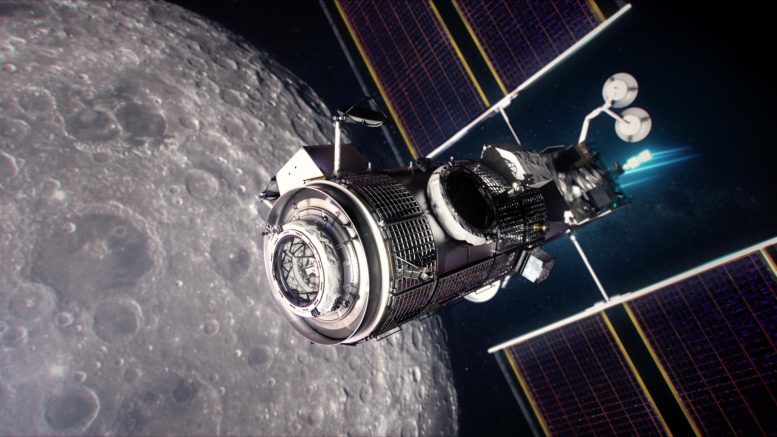
Illustration showing a close-up of the Habitation and Logistics Outpost (HALO), one of the elements of Gateway. Credit: NASA
The PPE engineering team is conducting an extensive electric propulsion system test campaign to better understand Gateway’s performance during various mission scenarios. The test allows engineers and mission planners to adjust the system to ensure it meets the requirements for exploration of the Moon during Artemis missions.
Solar electric propulsion is ideal for Gateway because these systems harness the energy of the Sun, convert it to power, and then use that power to produce long-duration, highly efficient thrust, providing mission flexibility and reduced costs. The PPE will use both a 6-kilowatt (kW) and a 12-kW electric propulsion system. Each system contains various components that help the spacecraft thrust efficiently: thruster(s), power processing units (PPU), flow controllers that regulate the flow of gases, like xenon, used for propulsion, etc. Multiple companies, including prime contractor Maxar as well as Aerojet Rocketdyne and Busek, Co. are supplying electric propulsion technologies for PPE.
The developmental versions of the spacecraft’s thrusters and electric propulsion systems are being tested at NASA’s Glenn Research Center in Cleveland. These efforts include the first end-to-end test of the 6-kW system to validate changes and technical interactions between Maxar’s flight-like PPU and Busek’s 6-kW test thruster, as well as validation of Maxar’s larger 12-kW PPU with a prototype 12-kW thruster. The team has also conducted end-to-end tests using Aerojet Rocketdyne’s Advanced Electric Propulsion System (AEPS) 12-kW test thruster. The first phase of testing ended in mid-April and successfully demonstrated operations with Aerojet Rocketdyne’s thruster and Maxar’s PPU and Xenon Flow Controller. NASA plans to continue testing PPE’s propulsion system to reduce spacecraft integration and operational risks.
During the tests, each system proved capable of performing across the full mission power range and parameters. Additionally, during the tests, the engineering team completed various start up and shut down sequences and thruster throttling to simulate operations around the Moon. These tests for both electric propulsion systems were important for finalizing design, requirements, and capabilities.
The milestone propulsion system tests represent progression through the initial development stage, leading to critical design review, and additional spacecraft ground testing later this year. That ground testing will be followed by spacecraft delivery, and eventual integration with HALO prior to launch.
Reliable operation of what will be the highest-power electric propulsion system ever flown is critical for the integrated spacecraft to complete its transit from Earth orbit to lunar orbit. It is vital for Gateway’s operations as a home away from home for astronauts and a lunar microgravity lab supporting Artemis and future missions.


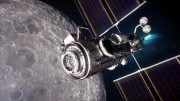

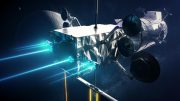
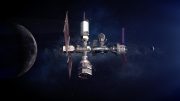
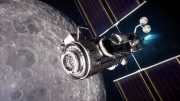

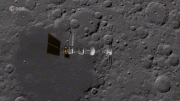
Retrospective of my personal senior lay American male discovery in 2009 that gravity radiates from the earth in fields of directional lines of attractive force and my earlier low budget at-home gravity experiments with wheels (e.g. “1Gravity” @charlesgshaver on Odysee dot com) while possibly being much heavier to lift into orbit, once there and powered by solar electricity I postulate it would be possible to maneuver crafts with suitable arrays of motorized wheels to void the need for exhaustable fuel supplies.
Since photons carry-away momentum, any bright/efficient light source can actually produce thrust in space (w/o requiring any kind of fuel)! & so how about NASA also testing arrays of tiny lasers or LEDs also?